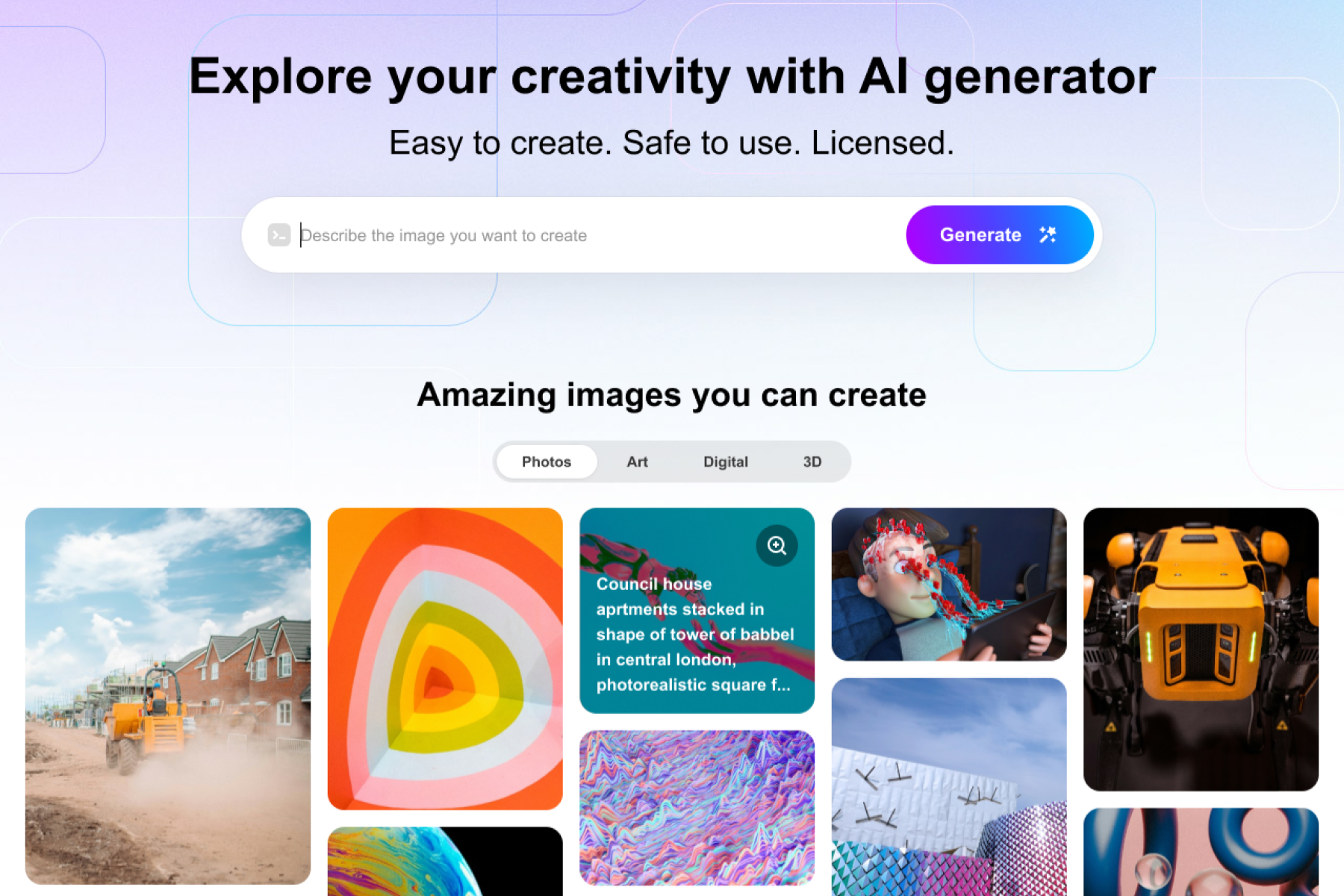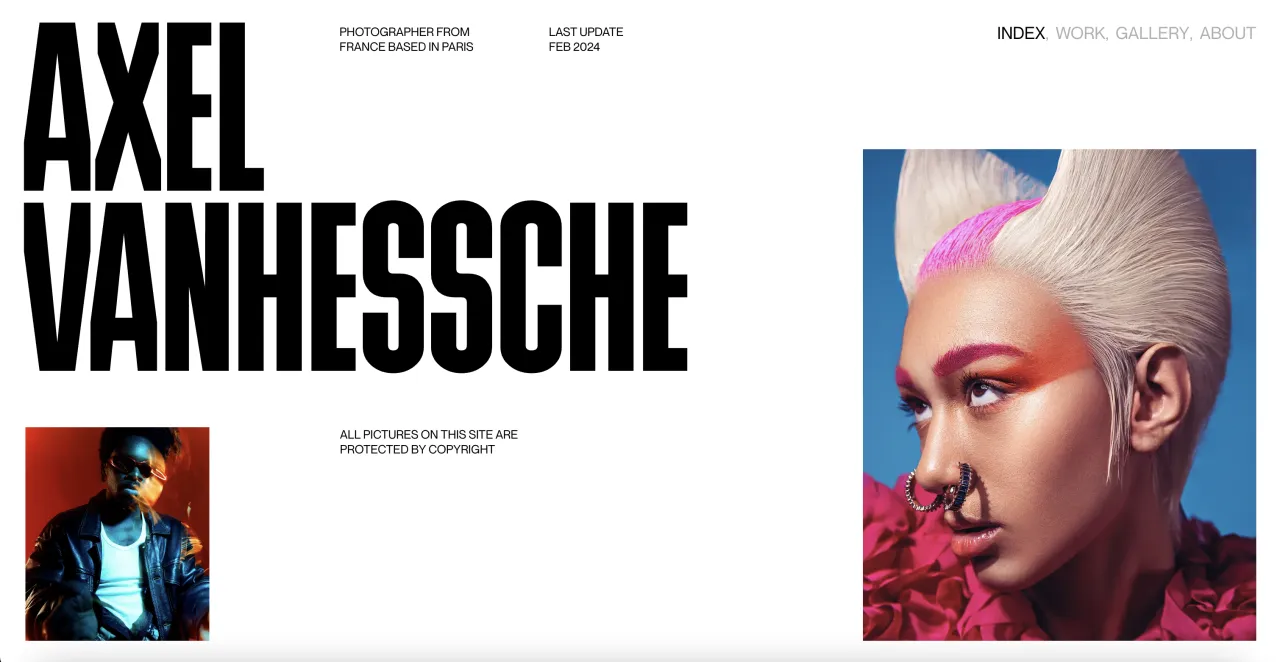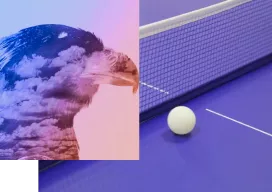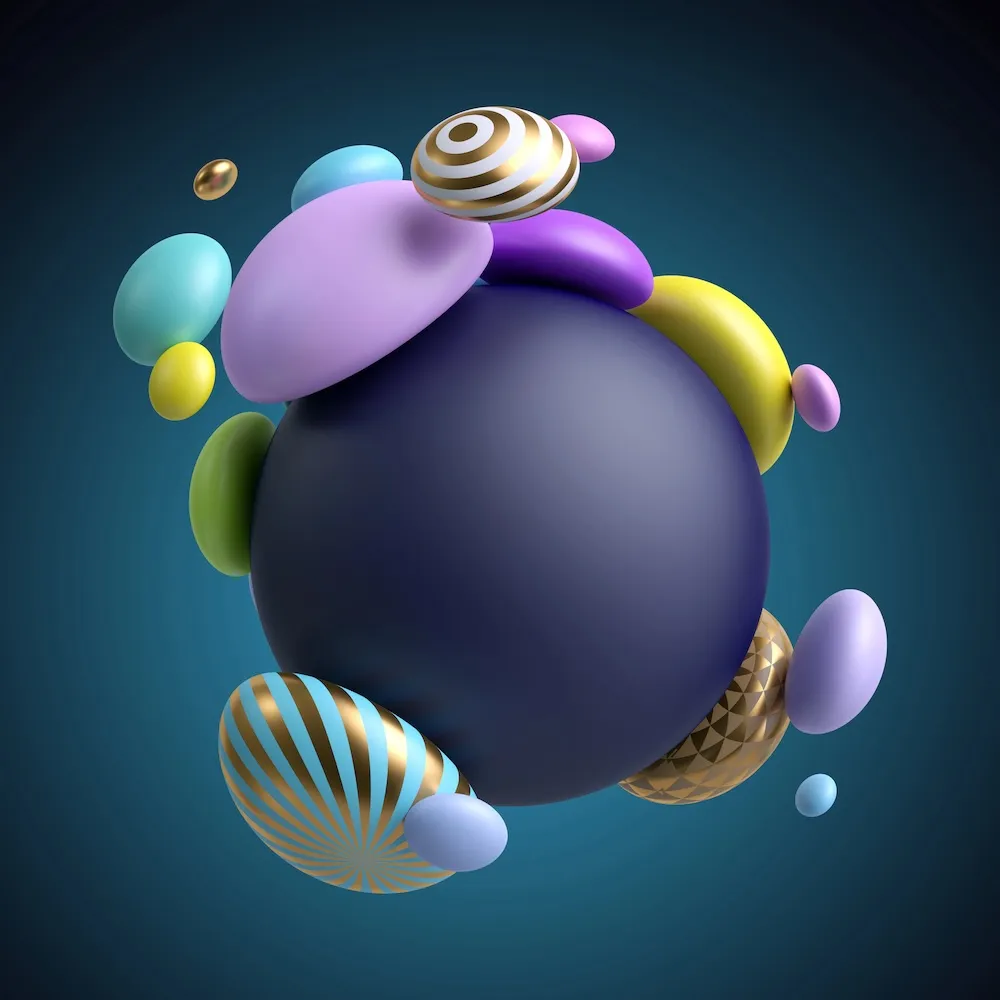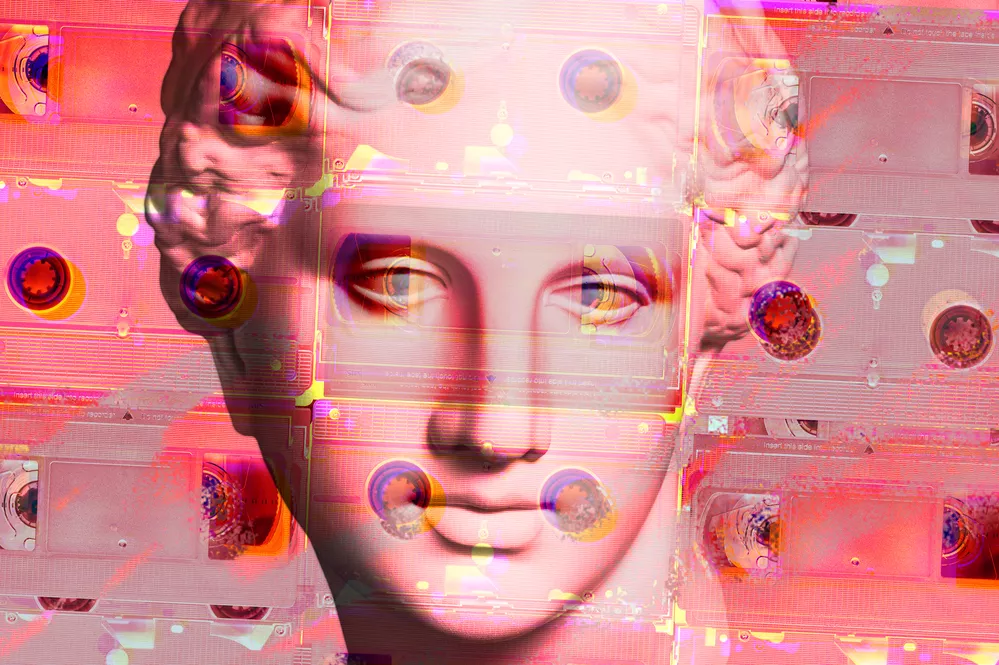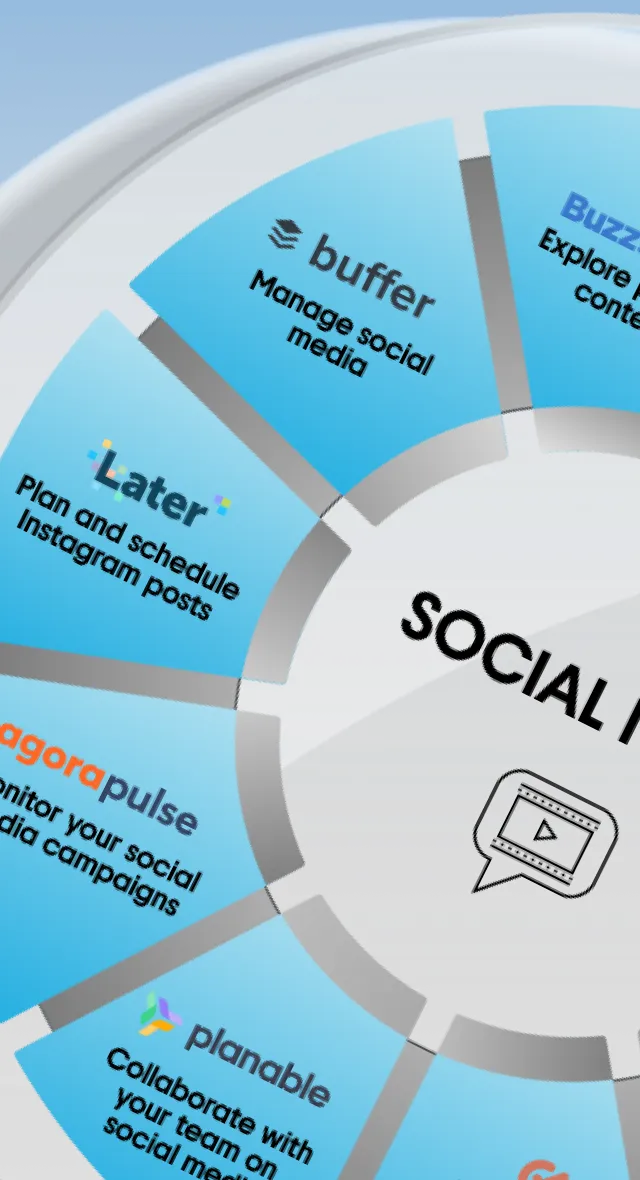7 Examples of How Product Companies Embrace Generative AI to Boost Value Proposition
AI is not entirely new for most companies managing their processes online or offering digital products. However, the recent advancement of generative technologies has made them re-discover AI from a content-creation perspective, which resulted in the AI market growing twofold. In particular, the rapid development of large language models (LLMs) that can help turn simple prompts into organized texts, images, or videos took personalization, content production, and prototyping to the next level.
While tech startups mainly focus on creating new API-based products, market giants like Google or Meta invest in developing independent LLMs tailored to customer needs and with ethical and legal aspects considered. One more example: in April 2024, Depositphotos and BRIA launched an ethical AI Image Generator safe for commercial purposes.
To help you successfully adapt generative AI for better services or creativity, we developed a list of the most remarkable cases of brands adding AI to their products. Scroll down to get inspired!
Generate Images Now7 brands that embraced AI to improve customer experience
#1 Coca-Cola
Goal: engage with clients and create a new-gen buying experience
How does the future taste? At the end of 2023, Coca-Cola offered customers the opportunity to immerse themselves in futuristic dreams by leveraging their Y3000 AI Cam. The brand’s campaign was powered by ChatGPT and DALL.E; each participant could create a product, the Coca-Cola Y3000 Zero Sugar, by scanning a QR code on their cans. The code took them to the brand’s website with free AI-powered tools for creating can designs and tastes.
The project included a capsule collection of branded clothing and accessories and a limited edition of a user-generated Coke.
#2 Salesforce
Goal: help clients automate and improve their customer support
Salesforce utilized generative AI to craft new solutions for clients willing to boost their customer relationship management. Their Einstein 1 Platform now includes tools for agents, sellers, strategists, and marketers that drive productivity by quickly analyzing business and customer data and generating tailored answers to their requests.
However, this time, it’s not just about conversational AI serving as a copilot. Einstein 1 Platform enables clients to customize product offers and marketing communication, convey instant tests, and collect zero-party data.
More on this topic: 20 Best AI Chatbots for Work, Fun, and Education.
#3 Notion
Goal: boost client productivity by outsourcing mundane tasks
In the case of Notion, generative AI is becoming a tool for summarizing, organizing, and developing ideas with less time and effort.
The company’s new AI-powered tool works as a native assistant that helps you transform goals into tasks, automate project planning by teaching the tool how to deal with project documentation, “write” meeting notes for colleagues, and ghostwrite drafts for your creative projects. In other words, with an updated Notion app, you can focus on brainstorming and setting ambitious goals instead of manually organizing your notes and setting deadlines.
Don’t like writing? Try something new today: Doodle It! A Big Guide to Quick Sketching with Tips, Examples & Collection.
#4 Netflix
Goal: smartly invest in series production and boost profits
In 2024, Netflix is the streaming market leader, resulting from the company’s role in developing innovative technologies and testing new approaches to TV shows and movie production. For years, Netflix has used AI-powered technologies and machine learning to analyze customer behavior and tailor suggestions to each user’s preferences.
The company recently started utilizing generative AI for show descriptions, teasers, covers, and future movie titles. In addition, Netflix leverages AI technology to propose new content ideas—from plot suggestions to their length, number of characters, style, and other aspects. All to come up with a new super-hit local audience will admire.
#5 Duolingo
Goal: streamline language learning and enable students to practice in a native way
Duolingo is another company that successfully added AI-powered features to their services in 2023. The world’s leading app for learning international languages is now adapting to users’ learning peculiarities and adjusting its interactive educational content to them. And it’s not just about giving you more tasks in areas where you make frequent mistakes—Duolingo learns what tasks engage you more and generates new ones based on this.
And what about ChatGPT? The fourth edition has already become part of a new company product: Duolingo Max, which can “explain” anything about your learning materials, correct answers as a tutor, or practice dialogs on any topic.
#6 Mastercard
Goal: increase the brand’s social media presence and strengthen positive corporate image
It’s not easy for big brands to have high social media engagement rates since users often ignore company content and are likelier to react to posts by influencers and friends. That’s why trend monitoring and trying to enter the hot conversation are good strategies for SMM specialists. But how can one instantly monitor promising discussions and generate creative or engaging ideas of responses before it is too late?
Mastercard is testing its new social media marketing engine in Singapore and some other local markets. It can detect discussions in which Mastercard’s solutions can be organically advertised.
#7 Depositphotos
Goal: speed up and optimize marketing content production for clients
Depositphotos has been utilizing AI for many years. Keyword suggestions, adjusting search content to client preferences, tools for removing backgrounds from images and videos, and a tool for enhancing images are just a few examples.
The new generative solution by Depositphotos and BRIA—AI Image Generator—is a handy tool for turning texts into high-quality images of any style. The most significant advantage of it is that all the content you generate is licensed for commercial use and is unique. Moreover, it is only yours and will never become a part of any library.
Create commercially-safe images effortlessly with Depositphotos: 5 Essential Tips for Crafting Effective AI Image Generation Prompts.
Wrapping up. How can you strengthen your product with AI right away?
To stay competitive in the digital market, studying and applying innovative technologies to your products and services is essential. The good news is that you don’t necessarily need to craft your unique LLM. Instead, try to integrate already-existing solutions for content generation using their API access or test their potential manually.
For example, you can use our AI Art Generator online to quickly create visuals in diverse styles, as well as run ad campaigns to see what style best suits your message or audience. To learn more about our business solutions, leave your request here.
Explore more of AI’s potential for your marketing and products:
AI in 2024: Transformative Trends Shaping the Creative Landscape
“Job-Stealer” or “Co-Creator”? 5 Ways to Improve Design Quality with AI Safely
